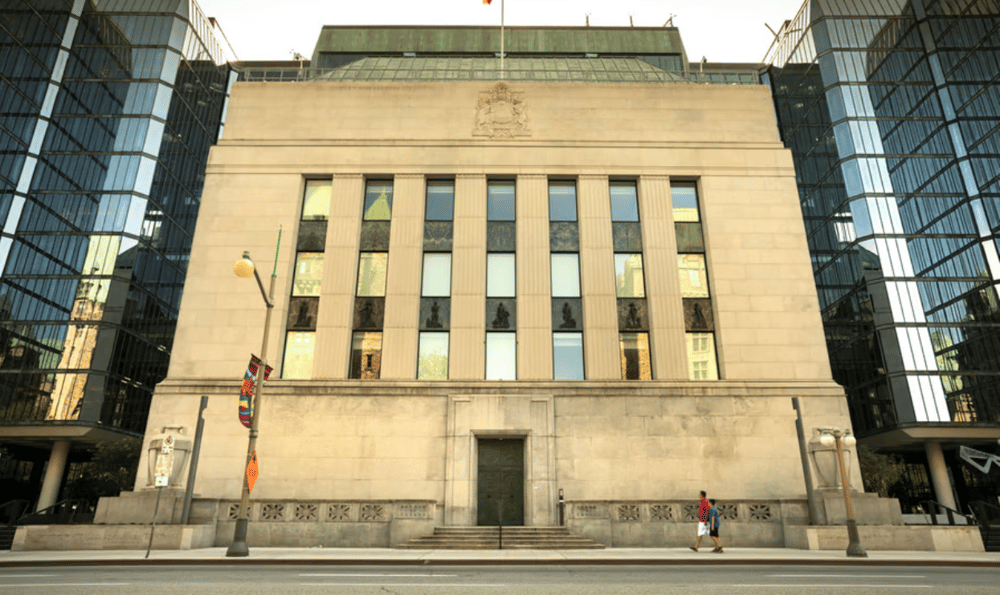The age-old debate—should you rent for life or take the plunge into homeownership?—continues to divide financial experts and everyday Canadians. Here’s what the latest perspectives reveal:
The Case for Renting
Alex Avery, author of The Wealthy Renter, argues that renting isn’t a bad deal at all. Even though rents have risen, he says renting still comes with lower risks and often costs less than owning when you factor in all the hidden expenses of homeownership.
Lower upfront costs: No need for a hefty down payment.
Fewer surprises: No property taxes, repair bills, or maintenance headaches.
More flexibility: Easier to relocate for work, lifestyle, or family reasons.
Investment alternatives: Renters can put money into RRSPs, TFSAs, or ETFs instead of relying on a home’s value for wealth.
Avery cautions against viewing homeownership as an automatic wealth-builder, reminding people that property values don’t always rise, and tying up money in a home may limit other investment opportunities.
The Case for Buying
On the flip side, Vancouver REALTOR® Owen Bigland highlights the long-term financial benefits of buying. His calculations show that a lifetime renter could easily spend over $1.3M in rent by age 65—with nothing to show for it.
Equity-building: Every mortgage payment chips away at debt and grows ownership.
Retirement security: A mortgage-free home later in life offers financial stability.
Collateral benefits: Home equity can be borrowed against if needed, often at lower interest rates.
Tax advantages: The principal residence exemption shields gains from capital gains tax.
Sebastien Betermier, a McGill professor, adds that while owning carries risks too, homes often make up the largest portion of a family’s wealth—and can serve as both shelter and a savings plan.
The Bottom Line
Renting = flexibility and lower risk.
Buying = long-term stability and equity growth.
The right choice depends on your personal goals, savings discipline, and stage of life. Renting may be smart if you’re moving often or don’t want the responsibilities of homeownership. Buying, however, could be your ticket to wealth-building if you’re ready to commit to one place for the long term.
Buying vs. Renting for Life: The Pros and ConsBuying vs. Renting for Life: The Pros and Cons
The age-old debate—should you rent for life or take the plunge into homeownership?—continues to divide financial experts and everyday Canadians. Here’s what the latest perspectives reveal:
The Case for Renting
Alex Avery, author of The Wealthy Renter, argues that renting isn’t a bad deal at all. Even though rents have risen, he says renting still comes with lower risks and often costs less than owning when you factor in all the hidden expenses of homeownership.
Lower upfront costs: No need for a hefty down payment.
Fewer surprises: No property taxes, repair bills, or maintenance headaches.
More flexibility: Easier to relocate for work, lifestyle, or family reasons.
Investment alternatives: Renters can put money into RRSPs, TFSAs, or ETFs instead of relying on a home’s value for wealth.
Avery cautions against viewing homeownership as an automatic wealth-builder, reminding people that property values don’t always rise, and tying up money in a home may limit other investment opportunities.
The Case for Buying
On the flip side, Vancouver REALTOR® Owen Bigland highlights the long-term financial benefits of buying. His calculations show that a lifetime renter could easily spend over $1.3M in rent by age 65—with nothing to show for it.
Equity-building: Every mortgage payment chips away at debt and grows ownership.
Retirement security: A mortgage-free home later in life offers financial stability.
Collateral benefits: Home equity can be borrowed against if needed, often at lower interest rates.
Tax advantages: The principal residence exemption shields gains from capital gains tax.
Sebastien Betermier, a McGill professor, adds that while owning carries risks too, homes often make up the largest portion of a family’s wealth—and can serve as both shelter and a savings plan.
The Bottom Line
Renting = flexibility and lower risk.
Buying = long-term stability and equity growth.
The right choice depends on your personal goals, savings discipline, and stage of life. Renting may be smart if you’re moving often or don’t want the responsibilities of homeownership. Buying, however, could be your ticket to wealth-building if you’re ready to commit to one place for the long term.












